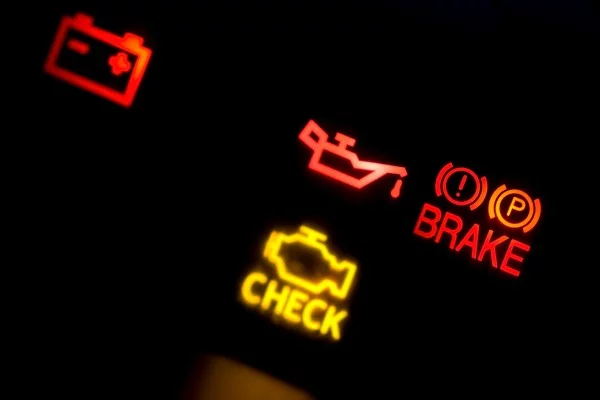
At Fiix, we’re often asked when to get a winter tire change, and why it’s necessary. As a general rule of thumb, you should ensure you have winter tires on your car before the weather is below 7 degrees celsius. As we approach November, when temperatures in the morning will be just above freezing, you can bet that the pavement will be very cold. Winter tires have rubber compounds formulated to stay soft and pliable for better traction in cold weather, something that all-season tries don’t have.
Doing so will both ensure maximum tread-life on your snow tires, and protect you from unexpected snowfall. Tires with a deeper tread will grip the snow and uneven road surfaces better than tires without a deep tread. If you find your winter tires are not effective, it may be the case that they have been over-used and the tread is no longer as deep as it once was.
Additionally, using summer tires in cold weather can be dangerous. The compound used to build non-winter tires loses its flexibility in cold weather. Therefore, it’s important to make the change just before the temperature drops below 5 degrees, even if snowfall isn’t predicted.
If you’re looking to have your tires changed, you can book an experienced Fiix Mechanic to come to your home/office and change them on site. Making an appointment at the repair shop, lugging your tires there, and spending all day in the waiting room is now a problem of the past.



